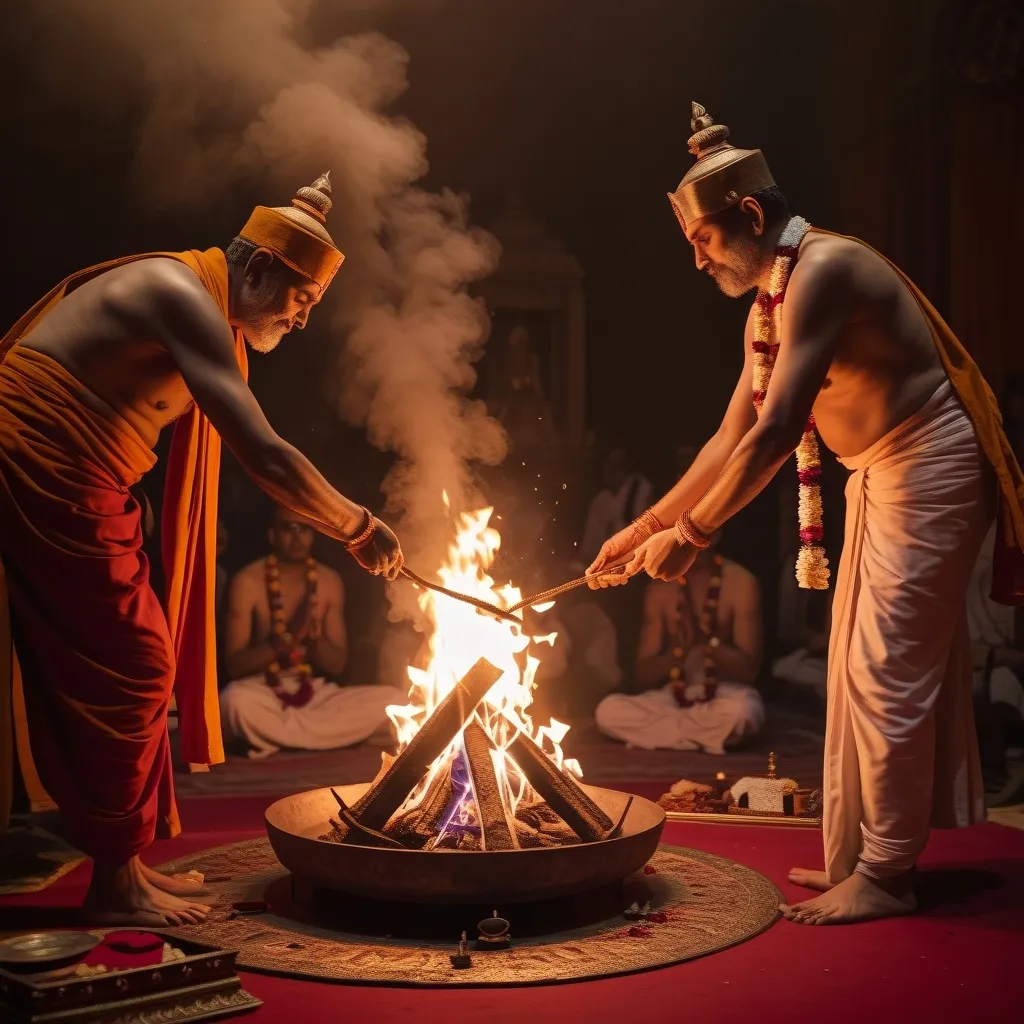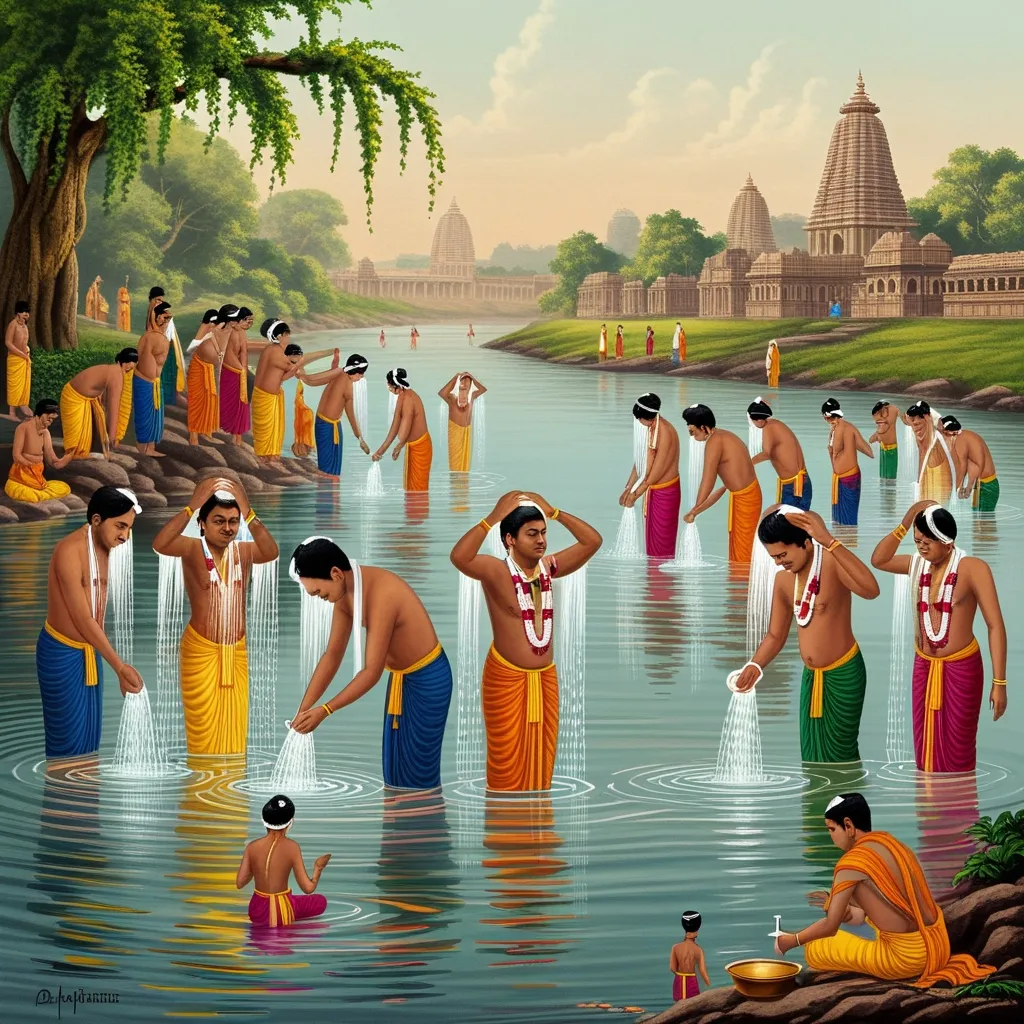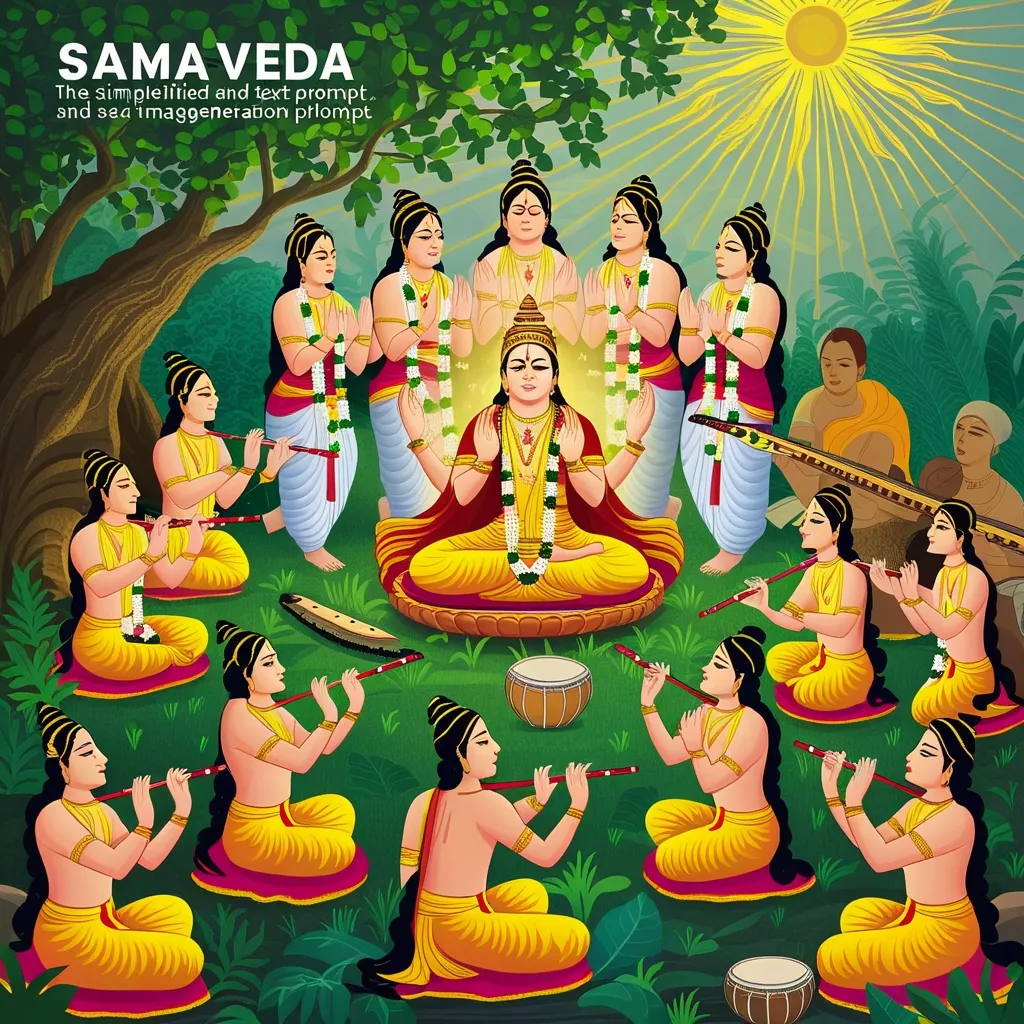Let’s dive into the fascinating world of the Yajur Veda. This ancient scripture is like a cornerstone in the vast expanse of Hindu traditions. It’s one of the four main Vedas, standing alongside the Rig Veda, Sama Veda, and Atharva Veda. Each Veda has its unique role, and the Yajur Veda is critical in the rituals and worship protocols followed in Hinduism.
The name Yajur Veda comes from two Sanskrit words: “yajus,” meaning “worship” or “sacrifice,” and “veda,” translating to “knowledge.” So, you can think of it as the “Knowledge of the Sacrifice.” This Veda is mostly made up of prose mantras that are meant for chanting during religious ceremonies, especially those that involve the sacred fire, known as yajna. The chants are recited by a special priest called the adhvaryu, who’s responsible for the practical side of these sacrifices.
Vedic rituals are all about sacrifices and invoking the gods through specific rites. The Yajur Veda lays these rituals out in great detail, acting like a thorough guidebook for the adhvaryu priest. The text itself is divided into two parts: Shukla (white) Yajur Veda and Krishna (black) Yajur Veda. While the Shukla Yajur Veda mainly deals with prayers and devotional sacrifices, the Krishna Yajur Veda dives into the nitty-gritty of sacrificial rituals, including the nuts and bolts of how they should be performed.
Now, let’s talk a bit about the education system back in Vedic times. It was pretty unique and rigorous, to say the least. Education was a privilege reserved for the upper castes, primarily Brahmins and Kshatriyas. They followed a residential education system called the gurukula system, where students, known as shishyas, would live with their gurus (teachers), learning from them and helping with daily chores. This method ensured that students got a deep, practical understanding of the Vedas.
In the gurukula system, a student’s day would start early, often around 5:30 a.m., dedicated to studying the Vedas. The curriculum included the main text, known as Samhita Padam, but also covered other subjects. It was pretty intensive and lasted around six years, after which students could become well-versed in the Yajur Veda and potentially go on to become priests or experts in Vedic rituals.
The relationship between teachers and students in this system was deeply personal. Teachers, or gurus, were highly respected for their knowledge and wisdom. Students were expected to meet high standards, and those who didn’t make the cut often had to drop out. Legendary teachers like Sanandeepani and Dronacharya were known for their tough teaching methods and the famous students they mentored, like Krishna and Arjuna from the epic Mahabharata.
But the Yajur Veda is not just about rituals; it’s a treasure trove of philosophical thoughts as well. It explores ideas like prana (life force) and manas (mind), offering a glimpse into the spiritual and social life of the Vedic people. The text even provides geographical information and is often cited for its portrayal of Vedic society.
In practical terms, the Yajur Veda is indispensable for the adhvaryu priest. It’s like their handbook for conducting sacrificial rituals. The text details everything from selecting a plot for the sacrificial altar to preparing ritual instruments and offering oblations to the sacred fires. It ensures that these rituals are performed with the utmost precision and reverence.
Even today, the tradition of studying the Yajur Veda is being kept alive. Places like the Kamakoti Yajurveda Patasala in Kerala are dedicated to preserving this ancient knowledge. This institution, founded in 1979, follows the gurukula system and offers a six-year course in Yajurveda. Students here become adept in the Yajur Veda and often go on to become priests or practitioners of Vedic rituals, ensuring that this timeless wisdom continues to thrive.
The Yajur Veda is a testament to the rich cultural and spiritual heritage of Hinduism. Its role in Vedic rituals, its importance in ancient education, and its continued relevance today make it an integral part of Hindu tradition. By exploring the intricacies of this ancient text, we gain a deeper appreciation of the values and practices that have shaped Hindu society for millennia. The Yajur Veda remains a vital link to the past, guiding us in our spiritual and ritual practices, and inspiring us to lead lives filled with reverence and knowledge.






